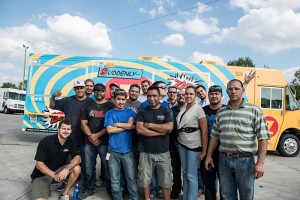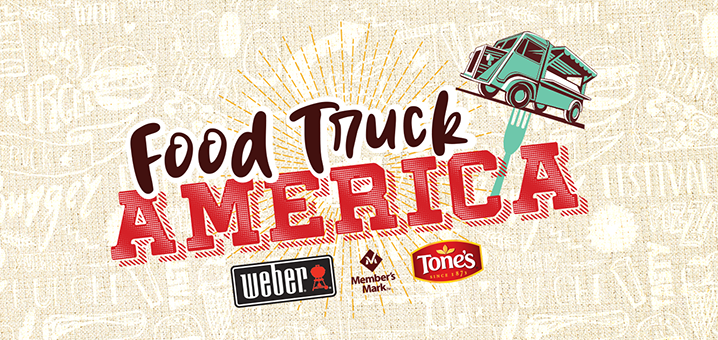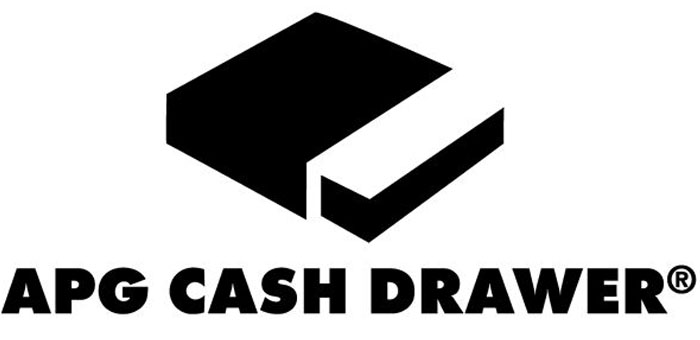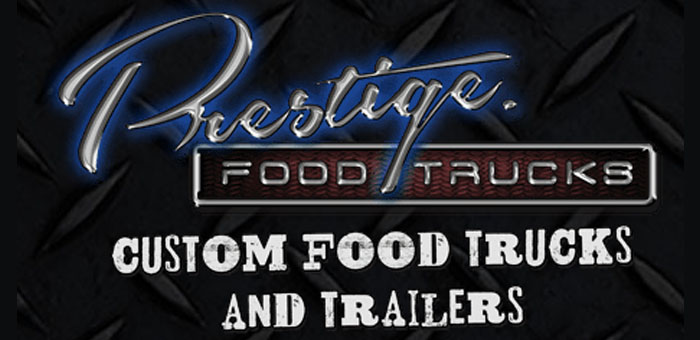KANSAS CITY, MO – A rectangle of light spills from the truck window onto the pavement and shines down on a small group of men. The vehicle is parked in spot 846 at the American Royal. The men let their mouths drop open as though they’ve just seen a beautiful woman or a particularly choice piece of steak. One of them reaches out, his hand tracing, but not quite touching, the lettering on the side of the truck.
“You see lots of those,” a guy in a Chiefs T-shirt says. He leans back against some hay bales. “But that must have cost a mint.”
Half a dozen Elvis impersonators, their guts wrapped in sequined jumpsuits, raise their fingers in salute to the order window. A honey vendor halts his sales pitch to gape.
It’s Friday night at the world’s largest barbecue contest, and, in the shadow of Kemper Arena, Oklahoma Joe’s new Z-Man food truck has arrived.
Brad Carlson and Blake Fulton, the owners of MAG Trucks, stand close by. It has been only 48 hours or so since their Liberty shop finished work on the Z-Man. As they give impromptu tours, they’re also still absorbing the idea that they managed to construct and deliver, in little more than a month, a 33-foot kitchen on wheels, with a built-in Southern Pride smoker the size of a sidewalk mailbox.
Not long ago, novelty alone was enough. Locals weren’t used to being able to buy food from a mobile kitchen, so attracting a crowd wasn’t hard. But food-truck vendors today are in a four-wheel race to have the shiniest concept on the block. In a market where the trucks now matter as much as the food, the Z-Man was built to really matter.
“Oklahoma Joe’s won’t just be a player around town. They’re going to be nationally known for this truck,” Carlson says.
What he doesn’t say, but what he hopes, is that MAG Trucks can come along for the ride.
The National Restaurant Association recently estimated that mobile eateries — food trucks and carts — bring in $650 million in revenue annually. Emergent Research, in a December 2012 study conducted for Intuit, predicts that food trucks and carts will grow from 1 percent of the total revenue in the U.S. restaurant industry to between 3 and 4 percent by 2017. That would mean $2.7 billion a year for food trucks.
The culture’s appetite for food trucks is also on the rise. The Great Food Truck Race is into its fourth season on the Food Network — The Pitch‘s Charles Ferruzza was a guest critic on an episode filmed in Manhattan, Kansas — as is Eat St. on the Cooking Channel. And Richard Myrick, editor of Mobile Cuisine and author ofRunning a Food Truck for Dummies, says the trend isn’t going up on blocks anytime soon.
Find the entire article by Jonathan Bender at thepitch.com <here>




